
Blockchain technology
A blockchain is a distributed database, meaning that each participant can access the whole database and its complete history. This means that no single person or group controls the data, and everyone can verify the records, which are permanent. A blockchain is made up of nodes, computers that connect to the blockchain network and receive a copy of the blockchain. These nodes communicate with each other, storing and updating information rather than being updated through one central computer.
A blockchain is a distributed database, meaning that each participant can access the whole database and its complete history
The concept was invented to ensure that bitcoin could work in the same way as cash, able to move about without being spent multiple times by the same person, without the use of a bank. The database contains the payment history of every bitcoin, so can provide proof of who owned it at any given time.
The concept was invented to ensure that bitcoin could work in the same way as cash
Every transaction on a blockchain can be viewed by anyone with access to the system, with each user or node having a unique address. After confirming that the transaction is legitimate, the blockchain database puts the record, along with a number of other verified transactions, into a block and timestamps them before chaining them together using a cryptographic signature. These new encrypted blocks are added to the previous blocks, creating a chain that shows the entire history of the blockchain. Once a transaction has been added to the database, the accounts are updated and records cannot be altered, as they are linked to all previous transactions.
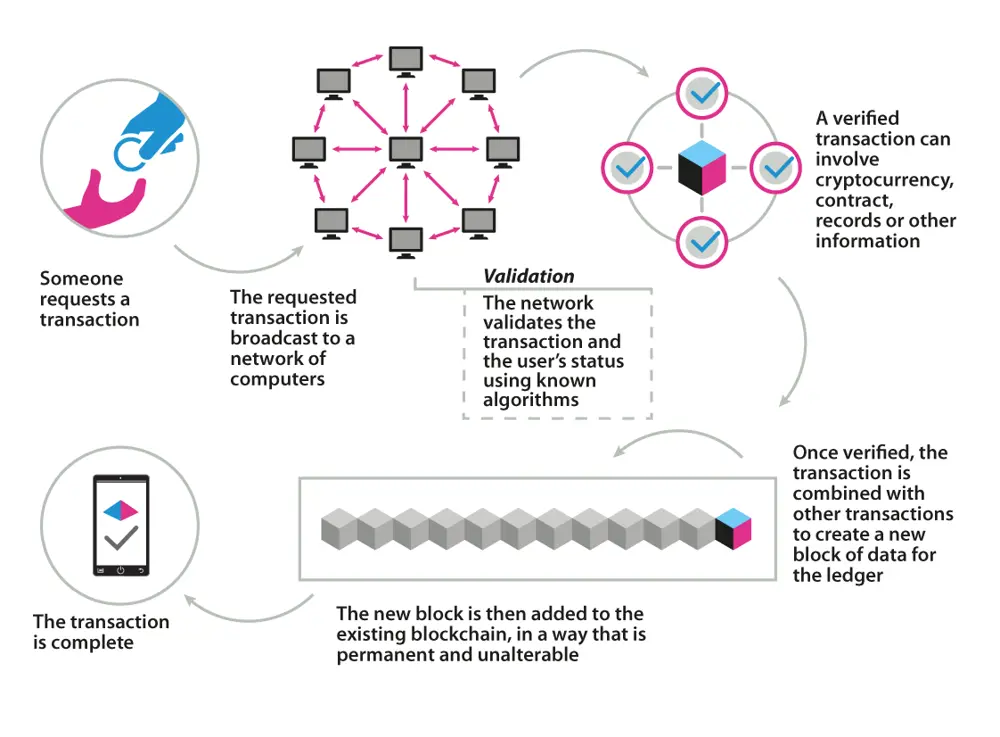
The cycle of a blockchain transaction
Blockchain databases are not stored in one single location, but are hosted by many computers simultaneously. This means that a blockchain database contains the history of all of its records, protected from being revised, deleted or tampered with. Consequently, hackers cannot corrupt the information without targeting all computers that the blockchain is held on, as well as all the previous blocks, creating a secure online system.
The databases can be created with a group of preselected participants, or they can be ‘unpermissioned’ and open to everyone, meaning that anyone can contribute data and everyone that has a copy of the ledger has an identical version.
The Bank of England has said that blockchains or digital ledger technology may be a useful platform to power a central bank digital currency
In the future, blockchain technology could be used for most financial transactions. The Bank of England has said that blockchains or digital ledger technology may be a useful platform to power a central bank digital currency, something that is currently being researched. In 2014, blockchain was used by a Danish political party for electronic voting at its annual meeting, laying the foundations for blockchain use in general elections. There are also multiple startups that are currently looking into creating blockchain-based cloud storage systems, which would eliminate hacking and data loss problems that often arise in traditional cloud storage.
***
This article has been adapted from "How does that work? Blockchain", which originally appeared in the print edition of Ingenia 72 (September 2017)
Keep up-to-date with Ingenia for free
SubscribeRelated content
Software & computer science
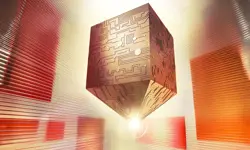
Pushing the barriers to model complex processes
In 2007, Imperial College London spinout Process Systems Enterprise Ltd won the MacRobert Award for its gPROMS (general-purpose PROcess Modelling System) software. Costas Pantelides and Mark Matzopoulos, two of the key people behind the success of gPROMS, tell how they created a way in which engineers can harness physics, chemistry and engineering knowledge within a framework that solves highly complex mathematical problems.
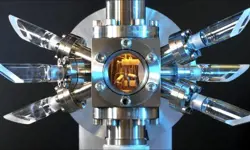
Compact atomic clocks
Over the last five decades, the passage of time has been defined by room-sized atomic clocks that are now stable to one second in 100 million years. Experts from the Time and Frequency Group and the past president of the Institute of Physics describe a new generation of miniature atomic clocks that promise the next revolution in timekeeping.
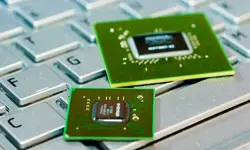
The rise and rise of GPUs
The technology used to bring 3D video games to the personal computer and to the mobile phone is to take on more computing duties. How have UK companies such as ARM and ImaginationTechnologies contributed to the movement?
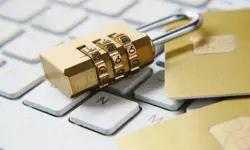
EU clarifies the European parameters of data protection
The European Union’s General Data Protection Regulation, due for adoption this year, is intended to harmonise data protection laws across the EU. What are the engineering implications and legal ramifications of the new regulatory regime?
Other content from Ingenia
Quick read

- Environment & sustainability
- Opinion
A young engineer’s perspective on the good, the bad and the ugly of COP27

- Environment & sustainability
- Issue 95
How do we pay for net zero technologies?
Quick read

- Transport
- Mechanical
- How I got here
Electrifying trains and STEMAZING outreach

- Civil & structural
- Environment & sustainability
- Issue 95